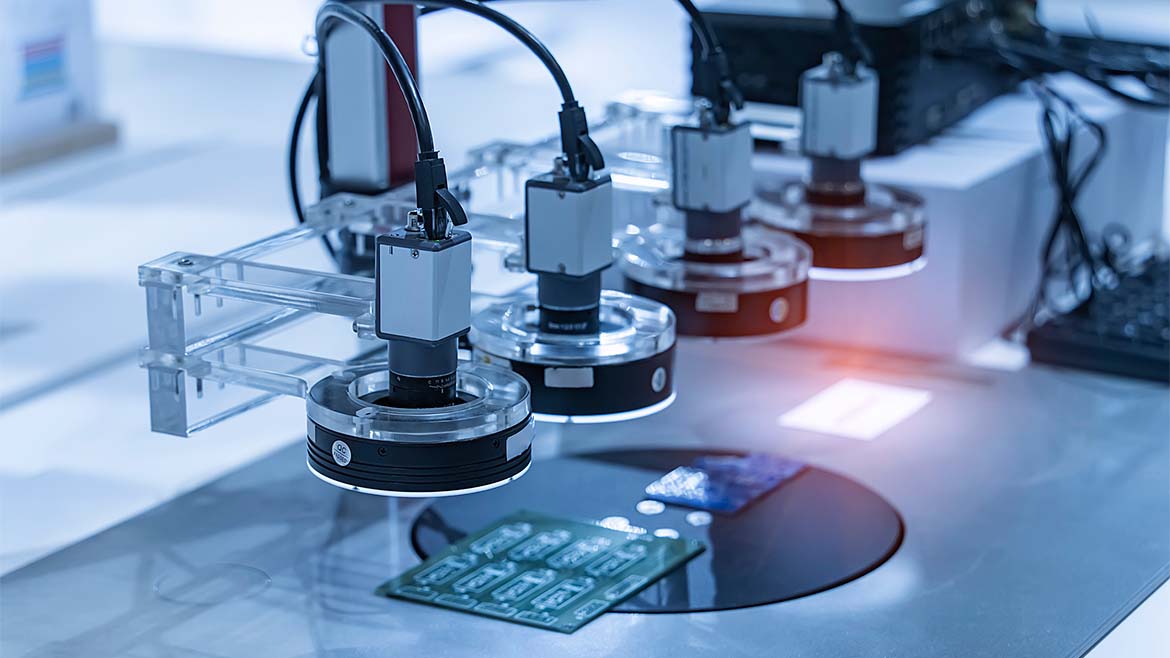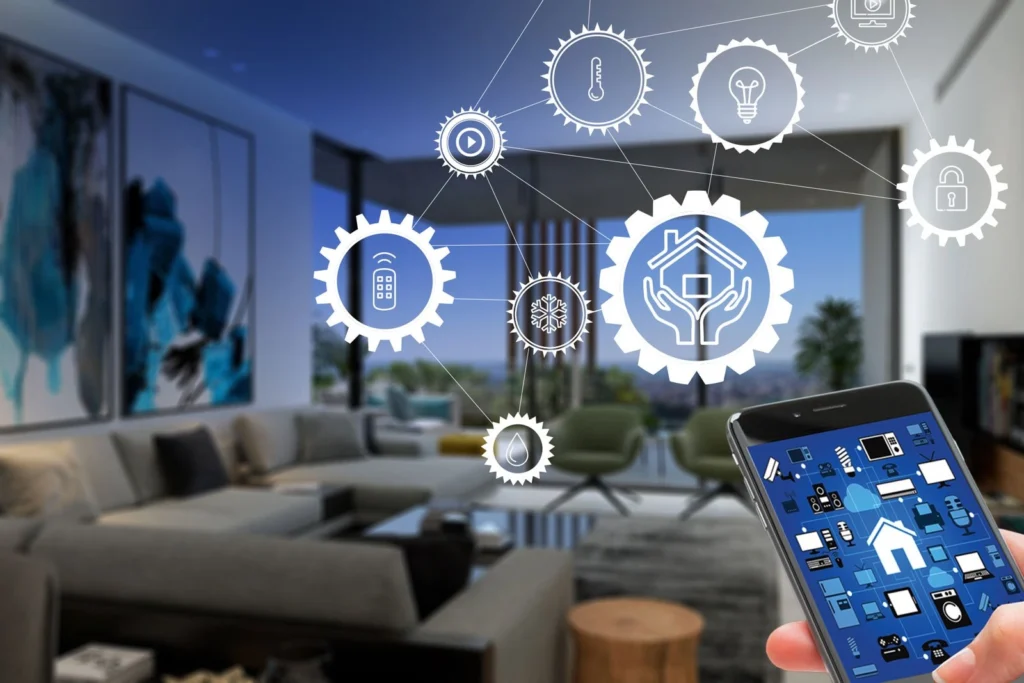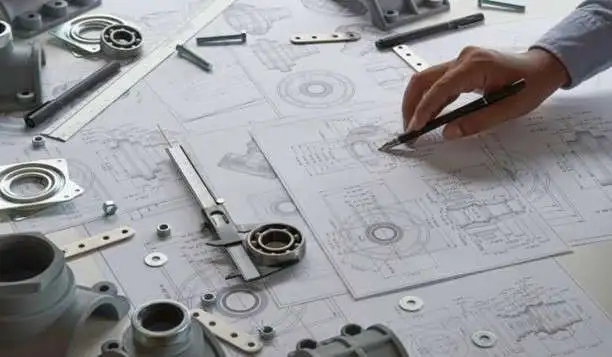As production lines become increasingly automated, the need for efficient and accurate inspection systems has never been greater. Enter AI-powered Automated Optical Inspection (AOI) systems, which leverage advanced machine vision technology to transform how manufacturers detect defects and ensure product quality. This article explores the intricacies of these cutting-edge systems, their operational mechanics, and their profound impact on various industries.
Automated Optical Inspection (AOI)
Automated Optical Inspection (AOI) refers to the advanced process of using sophisticated imaging systems to inspect and verify the quality of manufactured parts. Traditional inspection methods, often reliant on human inspectors or mechanical systems, can lead to inefficiencies, errors, and slower production times. AOI systems, powered by artificial intelligence (AI) and machine vision, have emerged as a game changer, automating the inspection process and ensuring faster, more accurate quality control.
What is Automated Part Inspection?
Automated part inspection is a critical aspect of manufacturing that involves the use of technology—like AOI systems—to automatically check and validate the quality of components during production. This process aims to identify defects or deviations from specified standards, thereby ensuring that only parts meeting quality criteria proceed through the production line. Automated part inspection minimizes human error, increases throughput, and enhances overall product reliability, making it an essential element in sectors like automotive, aerospace, electronics, and medical devices.
In industries where safety and compliance are paramount, automated part inspection is indispensable. It allows manufacturers to adhere to strict regulatory requirements while maintaining high production efficiency.
How AI-Powered AOI Systems Operate
AI-powered AOI systems consist of several key components that work in harmony to deliver high-quality inspections. Here’s a breakdown of their operational workflow:
1. Image Acquisition
The process begins with image acquisition, where high-resolution machine vision cameras capture detailed images or video frames of the parts being inspected. Depending on the inspection requirements, various imaging technologies—such as 2D, 3D, infrared, and X-ray—can be employed. Proper lighting conditions are critical during this phase, as they help highlight any potential defects or irregularities.
2. Image Processing
Once images are captured, advanced image processing algorithms are applied to enhance the quality of the images. Techniques such as noise reduction, contrast enhancement, and edge detection ensure that the images are clear and suitable for further analysis. This processing step is vital for accurately extracting features such as dimensions, surface quality, and placement accuracy.
3. AI-Driven Defect Detection
The heart of an AI-powered AOI system lies in its ability to detect defects through AI algorithms, typically utilizing Convolutional Neural Networks (CNNs). During the training phase, the system is exposed to thousands of images—both defective and non-defective—enabling the AI to learn to recognize various patterns and anomalies. This capability allows the system to identify defects ranging from visible flaws to subtle imperfections that may be challenging for traditional methods to catch.
4. Classification and Decision-Making
Once defects are detected, the AI model classifies them according to predefined criteria, including severity, type, and location. This classification informs the system’s decision-making process, determining whether a part passes inspection, requires rework, or should be rejected outright. These decisions are communicated to the production line in real-time, facilitating immediate corrective actions.
5. Real-Time Feedback and Reporting
AI-powered AOI systems generate real-time feedback, empowering operators to address issues as they arise. Additionally, these systems compile and store inspection data for future analysis, allowing manufacturers to identify trends, optimize processes, and enhance product quality over time.
Key Technologies Behind AI-Powered AOI Systems
The effectiveness of AI-powered AOI systems hinges on a combination of advanced technologies:
Machine Vision Cameras
These cameras are fundamental to the inspection process, capturing high-resolution images that enable the detection of even the smallest defects. Depending on the application, manufacturers may use either 2D or 3D cameras tailored to specific part geometries.
AI and Deep Learning
Deep learning techniques allow the system to analyze vast amounts of image data, facilitating the recognition of complex defect patterns and ensuring real-time defect detection.
Image Processing Algorithms
Algorithms that enhance image quality are critical to preparing images for defect detection, ensuring that the AI model can accurately analyze and identify defects.
Optical Sensors and Lighting Systems
The right lighting conditions are crucial for effective inspection. Various illumination techniques, such as structured lighting and laser profiling, enhance the visibility of surface defects and dimensional discrepancies.
Real-Time Data Processing
Edge computing technologies enable real-time data processing, ensuring that defects are identified and addressed immediately, thus minimizing production downtime.
Applications Across Industries
AI-powered AOI systems are deployed in numerous industries, each with its specific inspection needs:
Automotive Industry
In automotive manufacturing, precision is essential. AI-powered AOI systems are employed to inspect components such as engine parts and braking systems, detecting defects and ensuring compliance with safety standards.
Electronics Manufacturing
In the production of printed circuit boards (PCBs), AOI systems identify soldering defects, missing components, and incorrect placements, ensuring the reliability of electronic devices.
Aerospace
The aerospace sector relies on AI-powered AOI systems to inspect aircraft components for material flaws and dimensional irregularities, vital for maintaining safety.
Medical Devices
In the medical device industry, AOI systems ensure compliance with strict regulatory standards by inspecting devices for defects that could compromise performance.
Benefits of AI-Powered AOI Systems
The adoption of AI-powered AOI systems offers numerous advantages for manufacturers:
- Enhanced Accuracy: These systems detect subtle defects with greater precision than human inspectors, reducing the risk of undetected flaws.
- Increased Speed and Efficiency: Automated inspection processes allow for high-speed inspections, maintaining production efficiency without sacrificing quality.
- Adaptability: AI algorithms learn from new data, enabling systems to adapt to variations in parts and production conditions.
- Cost Savings: By minimizing defects and rework, manufacturers can save significantly on materials and labor costs.
- Data-Driven Insights: Continuous data collection provides manufacturers with insights into defect trends, helping to optimize processes and enhance product quality.
AI-powered AOI systems, augmented by machine vision technology, are redefining the landscape of automated part inspection in modern manufacturing. Their ability to deliver real-time, high-precision defect detection makes them invaluable tools for maintaining quality standards across various industries.
As manufacturers strive to meet the demands of an ever-evolving market, the implementation of AI-powered AOI systems enables them to stay competitive while ensuring the integrity of their products. The future of manufacturing is undoubtedly intertwined with the advancements in AI and machine vision technology, paving the way for smarter, more efficient production processes.
In summary, automated part inspection, powered by AI and machine vision, not only enhances quality control but also establishes a new paradigm of manufacturing excellence. As technology continues to advance, businesses that embrace these innovations will be well-positioned to thrive in the competitive landscape.
Stay in touch to get more news & updates on Internalinsider!










